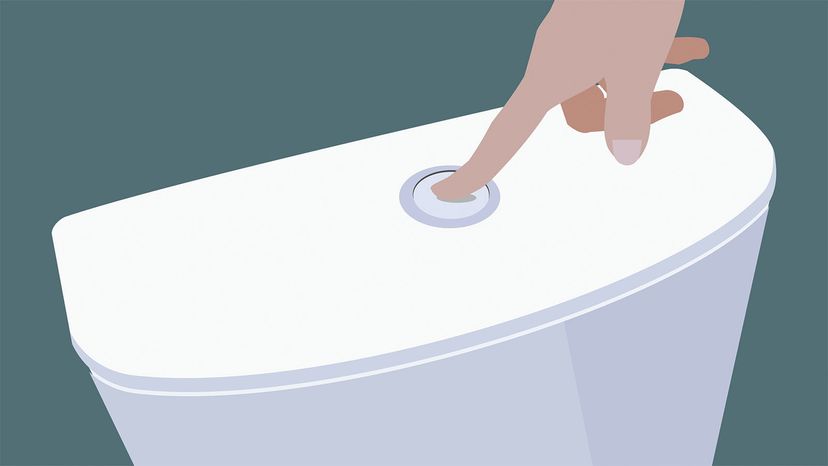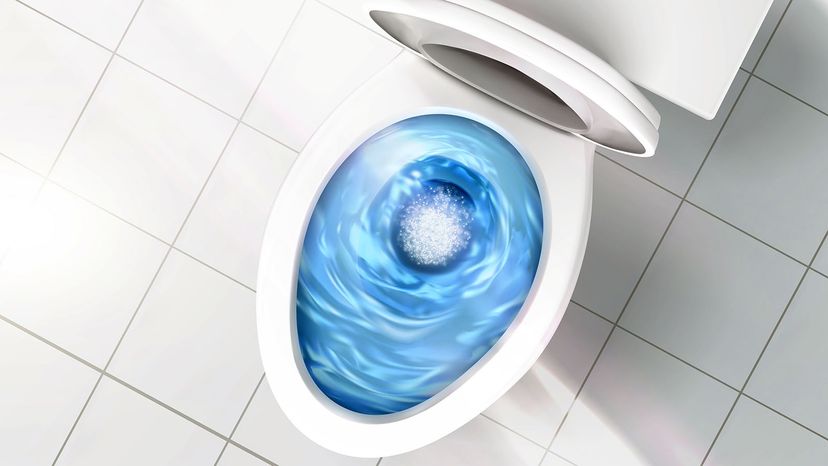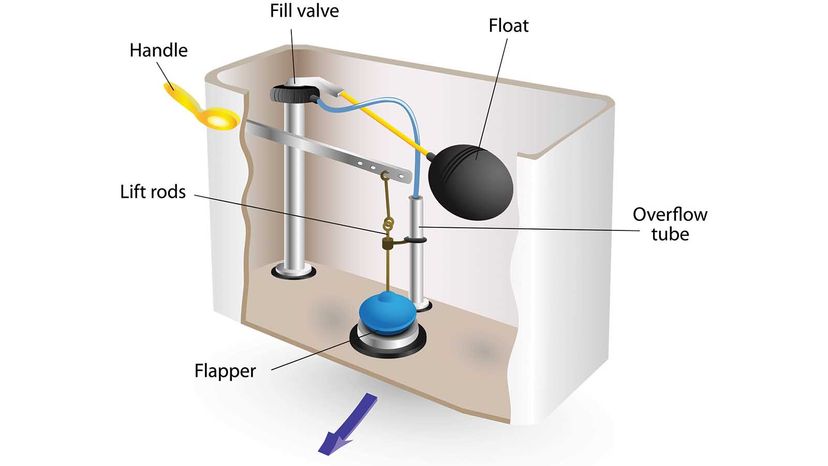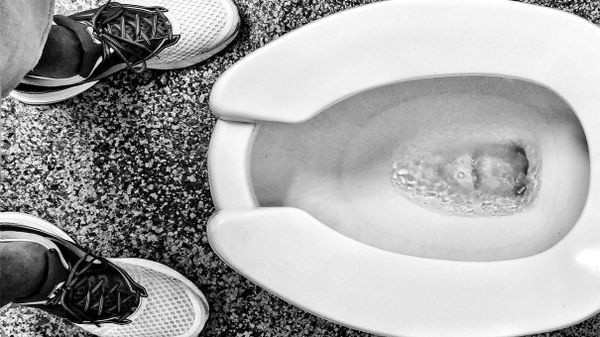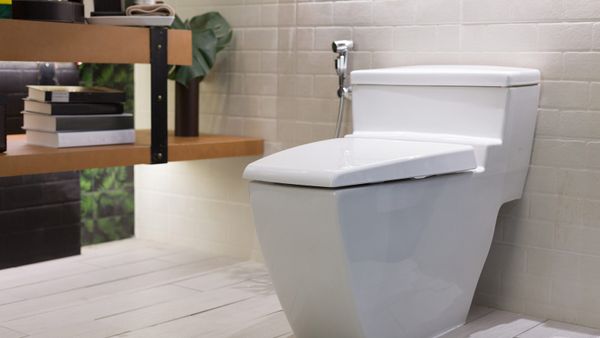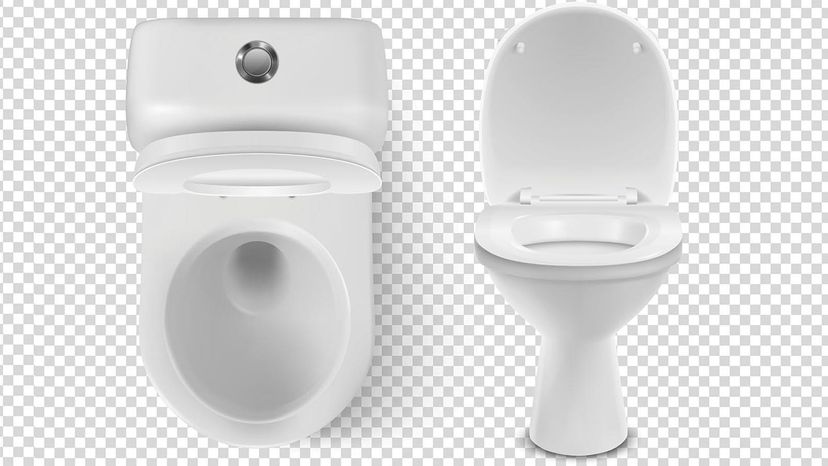
Having a toilet shouldn't be a privilege, but it is. One in four people don't have a decent toilet, according to WaterAid America, and that contributes to poor hygiene, serious illness and even death. But toilets, other than low flow toilets, require a lot of water to do their dirty work. And water is a precious commodity we can't afford to, well, flush down the toilet.
After outdoor irrigation, toilets use more water than any appliance or fixture in a residential home. Older, inefficient toilets use as much as 7 gallons (26.5 liters) per flush. And old toilets are also often the cause of household leaks.
Advertisement
But what about low-flow or ultra-low-flow toilets (ULFTs)? Since 1992, U.S. law has mandated all new toilets sold in the United States use 1.6 gallons (6 liters) or less per flush. Of course many homes still have inefficient toilets and haven't replaced them with newer, low-flush toilets. But the Environmental Protection Agency (EPA) says the average family could save as much as 13,000 gallons (49,210 liters) of water a year if they did. So how do low-flow toilets get the job done?
